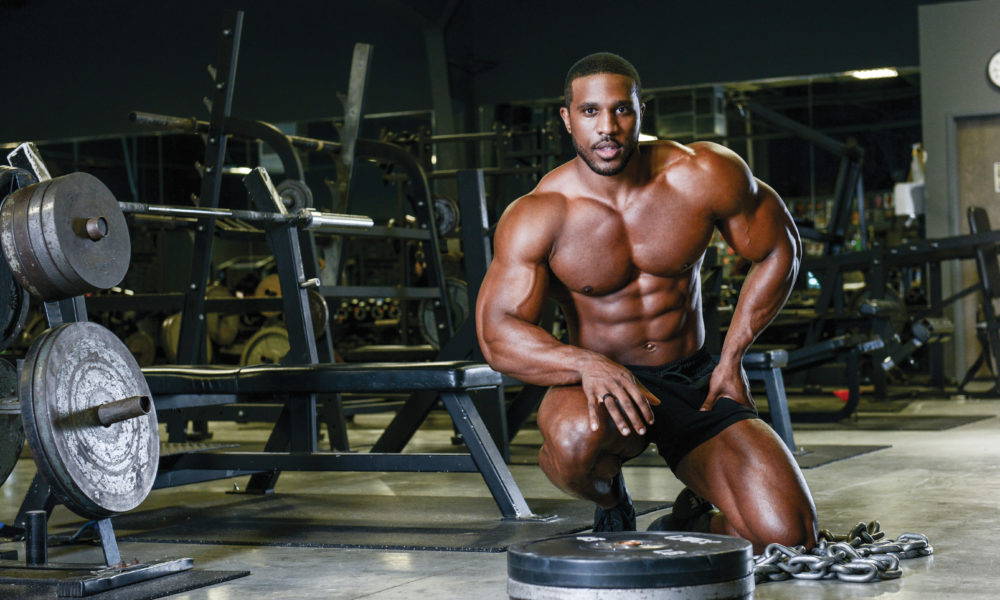

Unleash your inner beast with a smart and technical program that mixes hypertrophy with functionality.
By Mike Carlson
Everyone loves Back Day. When it comes to venting frustration in the gym and throwing around massive stacks of iron, nothing beats a good back workout.
There’s a ton of reasons to love Back Day. Unlike chest and shoulder workouts, pulling exercises don’t load any precarious ball-and-socket joints, so chance of injury in pulling exercises is nominal. And if you’re performing a machine-driven exercise such as a Hammer Strength row or lat pulldown, you can focus on the big prime movers since much of the stabilization requirements aren’t necessary. Best of all, you can hammer the muscles in your back and you won’t be wincing for a week every time you try to pick up your keys or shampoo your hair. That’s why so many bodybuilders and Physique athletes are able to hit their back twice a week.
“I don’t know if the lats are designed with any magic fiber that allows you to beat the hell out of them. I think muscle soreness is just easier to deal with in your back than legs,” says Brian Richardson, MS, CPL2, NASM-PES, the co-owner of Dynamic Fitness in Temecula, California. “There is not a lot of motion in the lats. It’s not like the quads where you are bending and moving all the time. We do more primal patterns in our lower body.”
The back is made up of both fast-twitch and slow-twitch fibers. The lats are predominantly fast-twitch-driven, but they do have some slow-twitch aspects. Getting them to hypertrophy is fairly easy. Typically, the muscles that are closer to the spine—the paraspinals and the erectors, for instance—have a greater percentage of slow-twitch fibers and are tougher to get to coax into growing. That’s why this back workout, designed by Richardson, utilizes a variety of rep schemes and a wide spectrum of angles, in order to hit all the muscles and every fiber type in the back musculature.
Hypertrophy is the main goal of this back workout, but it has the added benefit of creating real-world functional strength. Being strong always comes in handy whether you’re laying bricks in your backyard or trying to drive a golf ball.
“The lats are the only ink between the shoulder and the hips,” Richardson says. “If you look at the muscle, it attaches at the ilia and then crosses the shoulder joint. It is unique muscle.”
That communication between the shoulders and the hips comes into play in just about any type of athletic feat that demands force generation. Good examples are hitting a baseball, swinging a golf club, and throwing a punch. (Pull-ups used to be one of the few resistance-training exercise boxers would do for punching power.) Strong lats are also important for lifting. When deadlifting, strong lats help keep the bar close to the shins and thighs.
While the lats do get a lot of work in this program, some specific attention is paid to the lower back. The erectors are an underrated vanity muscle. The low-slung boardshorts worn by Men’s Physique competitors are perfect for showing off a set of badass nautical rope-like erectors that flank the spine.
“Erector spine are like balloon animals: They create a lot of stored tension in them during a bent-over row or deadlift,” Richardson says. “They swell and it creates that lumbar extension pattern that is good for a strong, stable, healthy spine.
The workout ends with a sled pull, a big massive movement pattern that demands some “Hulk smash” type intensity. It is a functional exercise that delvers a powerful hypertrophy stimulus, but it is also a great exercise for fighters and athletes. Best of all it lets the lifter empty their tank and leave everything in the gym at the end of the workout. IM
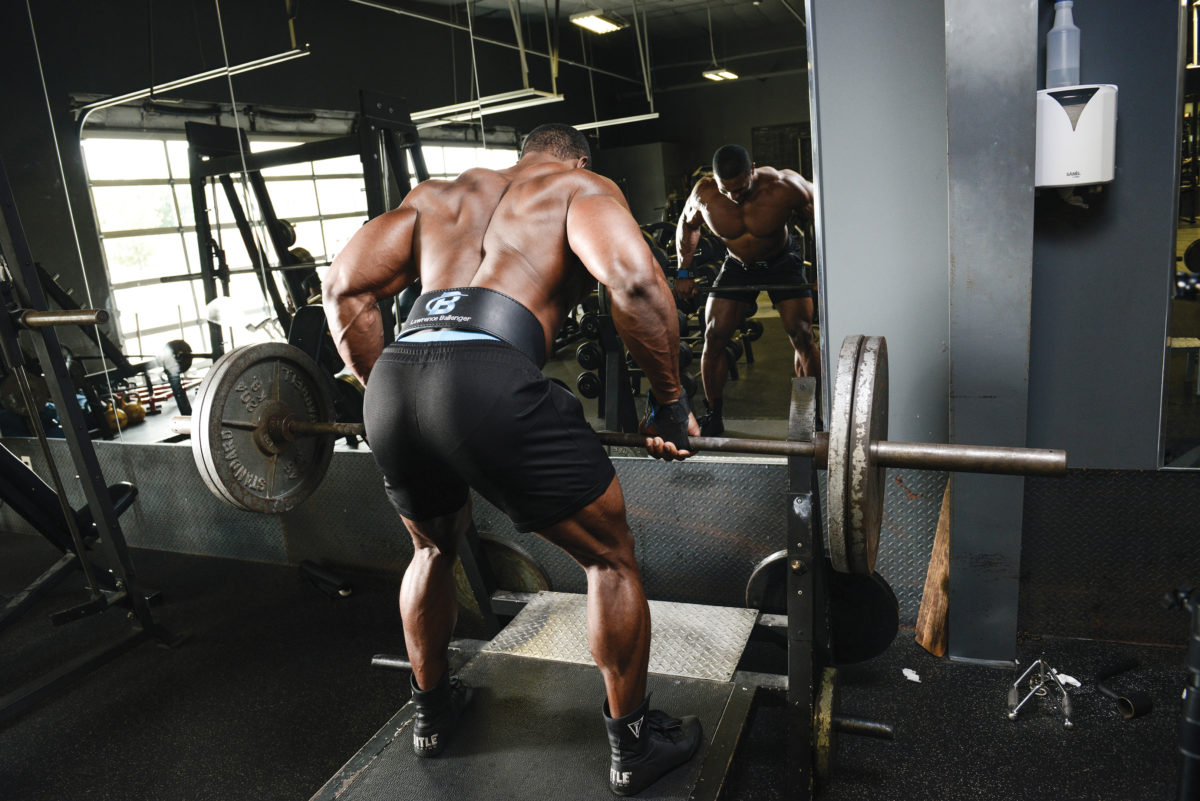
Back Attack Workout
For this workout, make sure the shoulder girdle and rotator cuff are completely warm before starting. Perform five to 10 minutes of general cardio and then another 10 minutes of dynamic warm-up moves that focus on the shoulders, such as arm swings, back slappers, and scapula push-ups. If an exercise has a descending rep scheme, that means you should add weight for each subsequent set.
Exercise Sets Reps
Heavy Bent-Over Barbell Row (2 warm-up) 4 (15,15) 12,10,8,8
Weighted Pull-Up 3-4 10
Single-Arm Machine Row 3 12,10,8
Seated Close-Grip Cable Row 4 12,10,10,10
Weighted Hyperextension As many as needed 50
Sled Pull 4 15 yards (approx 20 pulls)
Heavy Bent-Over Barbell Row
Standing with your feet shoulder-width apart, knees bent about 10 degrees, grasp a barbell with both hands using a double-overhand grip. Lean forward at your hips until your torso is roughly parallel with the floor. Draw your belly button into your spine. The barbell should hang straight down and in line with your wrists, elbows, and shoulders. Without raising your upper body, pull the barbell up toward your sternum, bringing your elbows high and above the level of your back. Movement in the scapula and the elbow should terminate at the same time. You know the weight is too heavy if you squeeze your scapula first and then try to finish the range of motion using the rotator cuff. Hold the weight in the peak-contracted position for one second, then slowly lower along the same path.
Weighted Pull-Up
Use a weight belt, vest, chains, or hold the post of a dumbbell between your feet in order to add 20 to 25 pounds to this lift. Vary your grip between pronated, supinated, and neutral, wrapping your thumbs around the bar. Hang freely with your arms fully extended. Contract your lats to raise your body upward, concentrating on keeping your elbows out to your sides and pulling them down. Hold momentarily as your chin reaches the level of your hands, and then lower yourself down to a dead-hang position. Start with 10 to 20 percent of your bodyweight and progress from there.
Sled Pull
Place your feet in a staggered or bilateral stance, and get into the universal athletic position: feet shoulder-width apart, soft knees, slight bend in the hips, neutral spine, and the weight shifted to the balls of the feet. If the sleds don’t have ropes, do a low single-arm row from a split/staggered stance. Do not round your back too much. This is not a highly technical exercise. Pull hand-over-hand, alternating left and right hands and bringing your elbow past your trunk. Keep your hands in line with the shoulders and reach and finish each rep within your natural range of dynamic flexibility. If your gym does not have a sled, swap in a T-bar row with a neutral grip or a tube pull.
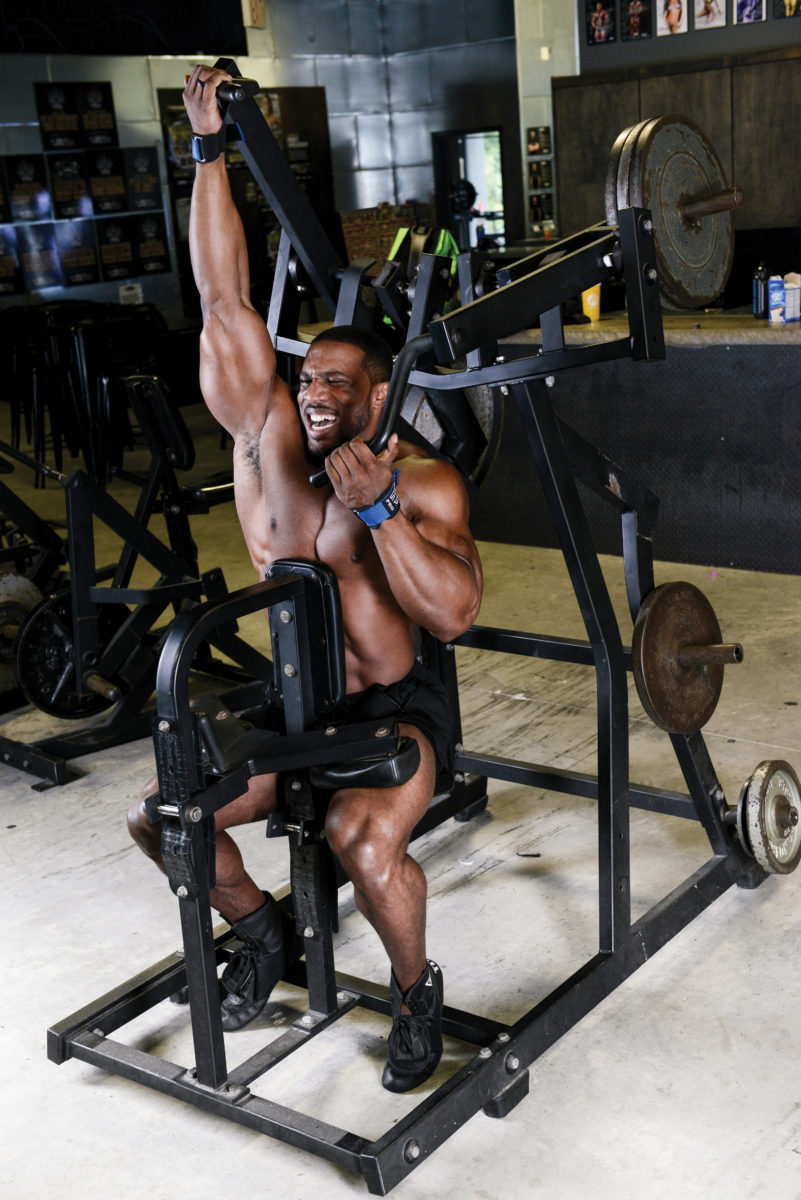
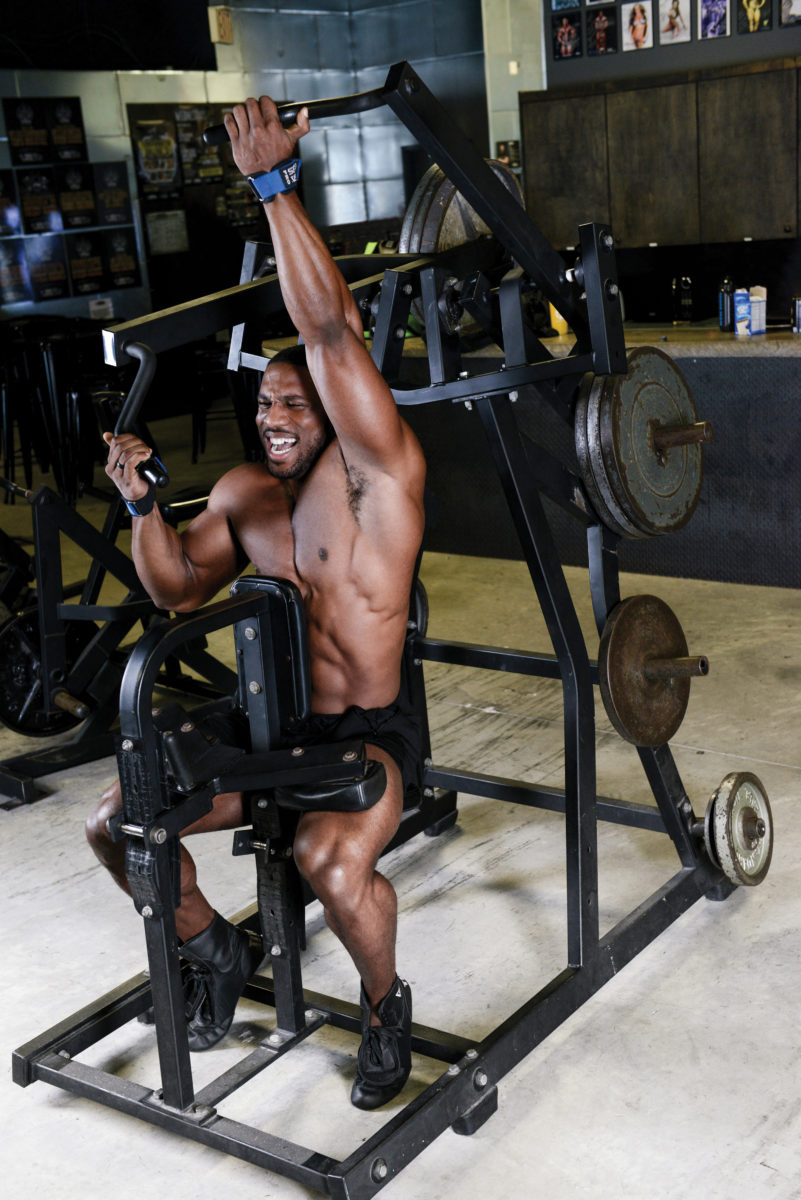
Single-Arm Machine Row
Adjust the machine so that when you are seated your knees are bent 90 degrees with toes pointed straight ahead. Use the chest pad for support, but try not to put too much pressure on it. Maintain good posture with your eyes on the horizon. Grasp the handles with an underhand grip—this puts more length on the soft tissue and more stretch on the lat. Flex your core and pull the handle even with your shoulder, or as close as possible. Perform all the reps on one side and then switch hands.
Seated Close-Grip Cable Row
Attach a close-grip handle to the seated row cable machine and sit upright on the bench facing the weight stack. Place your feet against the foot platform with your legs slightly bent. Reach forward to grasp the handle while keeping your back flat and chest up. With your torso erect and your arms fully extended, pull the handle toward your midsection. Keep your elbows in close to the sides of your body. Keep your head in a neutral position as you squeeze your back muscles. Hold for one to two seconds before slowly returning to the start position.
Weighted Hyperextensions
Position yourself at the hyperextension bench so your legs are locked in but your upper body is not. Hold a weight across your chest or, for a greater challenge, hold a barbell with arms extended. Bend over at the waist while keeping your back flat and a natural curve in the lumbar spine. Keep your scapula retracted slightly. Engage your core muscles as far you lower the weight toward the floor. Activate your erectors to return to the starting position. Use no more than 10 percent of your bodyweight for this exercise.
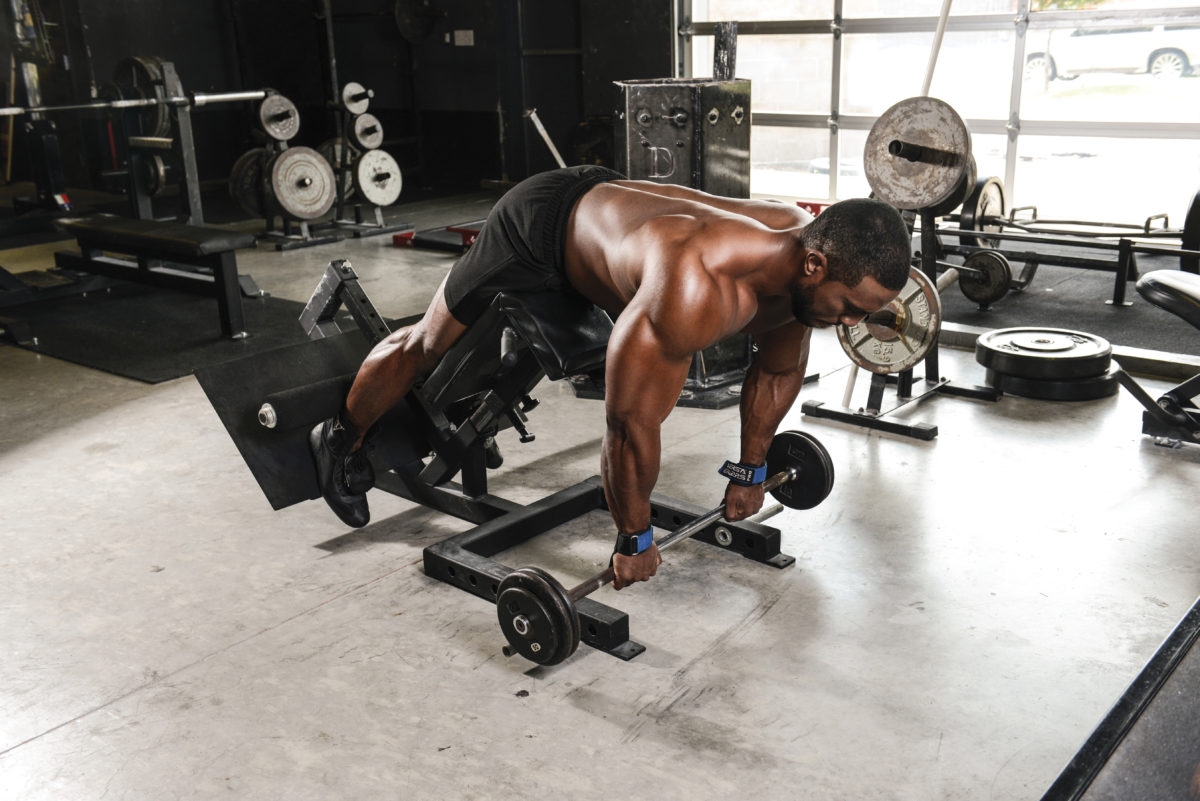






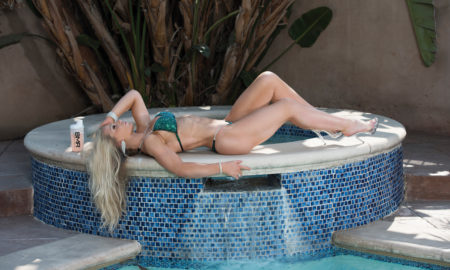
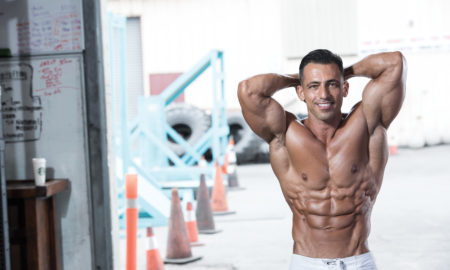






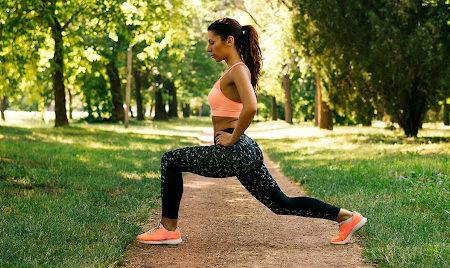
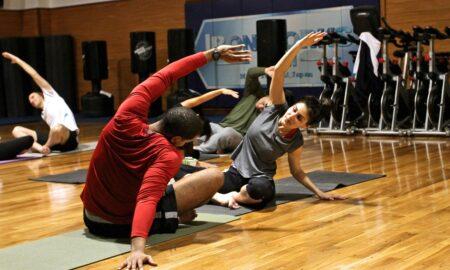






You must be logged in to post a comment Login